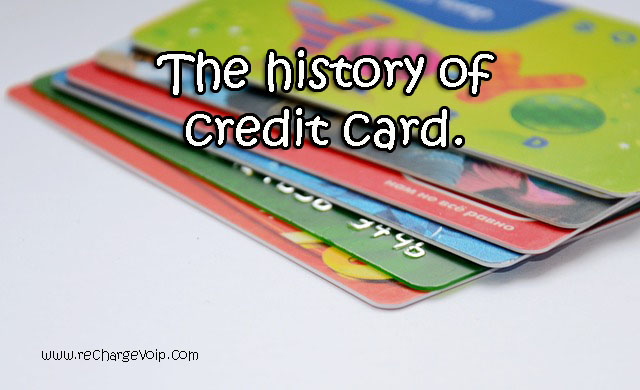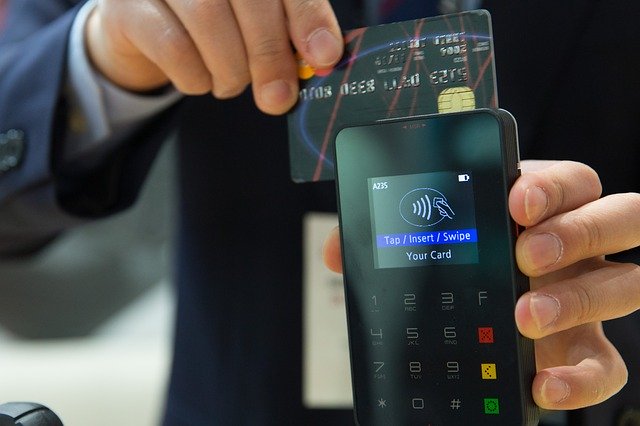
Credit card is now become self-evident in all corners of our lives, and it is rare for adults these days not to carry at least one card. In addition to using it in the traditional way to buy goods or services in person, it is now also used online, over the phone, for writing checks, and even for withdrawing money from an ATM. People use them in all kinds of ways – as a borrowing method, as a convenient payment method, and even to earn money through cashback or bonus programs.
Although widespread in modern life, credit cards have a somewhat short history, as the first general purpose credit card was introduced less than fifty years ago. In this article we will look at the origins of credit cards, then how they have evolved over the years focusing on the UK market.
The first Credit card.
The first credit card was launched by Diners Club in 1951. It was limited to use in twenty-seven restaurants in New York. It was not a major success at first, as only 200 cards were issued. The true story of credit cards began in 1958 with the introduction of two major new products. The first was the American Express Charge card, which has more than a million users within five years of its launch.
Another innovation was the first example of what we now recognize as a credit card: Bank of America, the general purpose card that Joseph Williams developed while working at Bank of America. Over time, this card was developing into the Visa company we know today. Eight years after this card was introduced, fourteen US banks formed an alliance to launch a competitor to American Bank, called Interlink, which was to evolve into a MasterCard payment processor by 1979.
- 10 common Credit card mistakes revealed.
- How to pay with Skrill payment ?
- How to pay with Neosurf payments ?
- More about free calling apps.
First Credit card in UK
The first UK public card was launched by Barclays Bank in 1967, and their Barclays card remains one of the most popular and popular cards after forty years. In 1972, four other UK banks joined in to launch the access card in competition with Barclays, and for the next decade or so, this situation remained the same.
The entry of Visa and Mastercard.
During the 1980s, the credit card industry began to fuse behind the big processors that evolved into their present form by this time, Visa and Mastercard. Banks have downed their processing facilities and started issuing cards that can be used at any outlet that supports major payment processors. It was this move that led to the massive expansion of card usage, as it can now be easily used almost anywhere in the world.
Internet and Credit card.
The next major change in the industry was the evolving technology of the Internet. It allowed pure online cards like Egg in the UK to offer attractive cardholder benefits at a low cost to exporters. Competition among lenders intensified rapidly, and features such as balance transfer offers began to appear.
Balance transfer deals allowed card holders to transfer their debts from one card to another and avoided paying any interest on them almost indefinitely, or so it seemed. Unfortunately, this “credit card browsing” trick cannot continue because it was costing billions of credit industries every year, and thus a balance transfer fee was charged which made it much less attractive to card holders.

New technologies in Credit card.
The last major change in the credit card industry has been the introduction of Chip and PIN technology that has severely cut down card fraud by requiring approval for payments by entering the code number instead of relying on signature. Technology deployment to the UK started in 2004 and is now fully in use across the country.
The contact less technology also implemented in credit card industry. This type card can use without touch the POS terminal. The PIN verification not asking below the limit. As of December 2014, in the UK, approximately more than 58 million contact less cards in use. NFS is the latest in Credit card, this technology helps you to use your smart phone or other smart devices as a credit card.
Whats is next ?
What’s next for credit cards? Only the issuers are known, but with record levels of debt, many people are reluctant to apply for new cards, and therefore we will likely see more attractive features available to new applicants as credit companies compete to shrink the amount of business available.

Speak Your Mind